With the launch of the Raspberry Pi 2, the pricing of the old B+ felt a bit out of shape. For $35 you got either the newest model with ARMv7 and far more CPU power, or the older B+ with some additional ports.
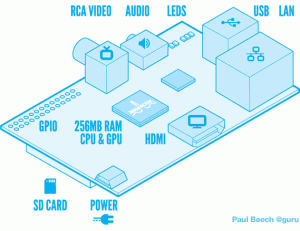
Now the Raspberry Pi Foundations has announced some adjustments to the pricing. The new setup means that Raspberry Pi 2 retails at $35, Raspberry Pi B+ at $25 and Raspberry Pi A+ at $20.
This has been made possible through production optimizations, but I would guess that outselling even the most optimistic forecasts might have something to do with it as well. The end result is a pricing for the B+ and A+ that feels more accurate, given the price tag on the Raspberry Pi 2 – and, of course, cheaper pies for everyone.

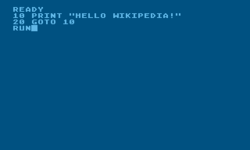

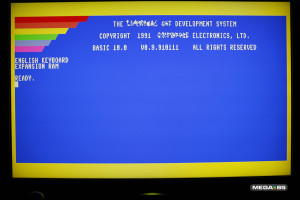
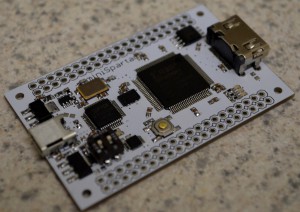 The
The 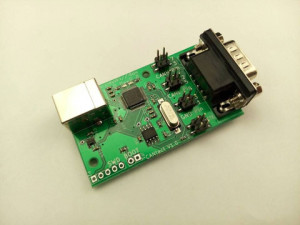 The
The 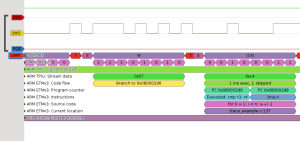 The
The 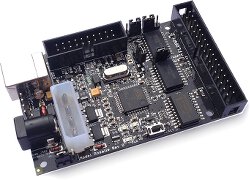 When working with retro computers, you sooner or stumble upon aged disk media. Unfortunately data is lost. Various solution exists such as
When working with retro computers, you sooner or stumble upon aged disk media. Unfortunately data is lost. Various solution exists such as